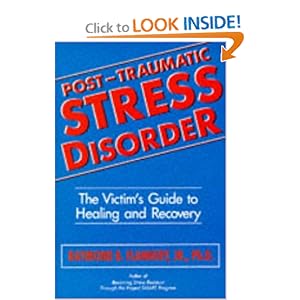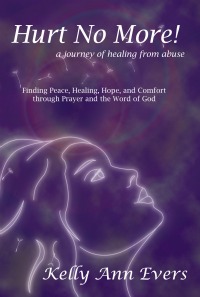What is posttraumatic stress disorder?
Posttraumatic stress disorder (PTSD) is an emotional illness that that is classified as an anxiety disorder and usually develops as a result of a terribly frightening, life-threatening, or otherwise highly unsafe experience. PTSD sufferers re-experience the traumatic event or events in some way, tend to avoid places, people, or other things that remind them of the event (avoidance), and are exquisitely sensitive to normal life experiences (hyperarousal). Although this condition has likely existed since human beings have endured trauma, PTSD has only been recognized as a formal diagnosis since 1980. However, it was called by different names as early as the American Civil War, when combat veterans were referred to as suffering from "soldier's heart." In World War I, symptoms that were generally consistent with this syndrome were referred to as "combat fatigue." Soldiers who developed such symptoms in World War II were said to be suffering from "gross
stress reaction," and many troops in Vietnam who had symptoms of what is now called PTSD were assessed as having "post-Vietnam syndrome." PTSD has also been called "battle fatigue" and "shell
shock."Complex posttraumatic stress disorder (C-PTSD) usually results from prolonged exposure to a traumatic event or series thereof and is characterized by long-lasting problems with many aspects of emotional and social functioning.Statistics regarding this illness indicate that approximately 7%-8% of people in the United States will likely develop PTSD in their lifetime, with the lifetime occurrence (prevalence) in combat veterans and
rape victims ranging from 10% to as high as 30%. Somewhat higher rates of this disorder have been found to occur in African Americans, Hispanics, and Native Americans compared to Caucasians in the United States. Some of that difference is thought to be due to higher rates of dissociation soon before and after the traumatic event (peritraumatic), a tendency for individuals from minority ethnic groups to blame themselves, have less social support, and an increased perception of racism for those ethnic groups, as well as differences between how ethnic groups may express distress. In military populations, many of the differences have been found to be the result of increased exposure to combat at younger ages for minority groups. Other important facts about PTSD include the estimate of 5 million people who suffer from PTSD at any one time in the United States and the fact that women are twice as likely as men to develop PTSD.Almost half of individuals who use outpatient mental-health services have been found to suffer from PTSD. As evidenced by the occurrence of stress in many individuals in the United States in the days following the 2001 terrorist attacks, not being physically present at a traumatic event does not guarantee that one cannot suffer from traumatic stress that can lead to the development of PTSD.PTSD statistics in
children and
teens reveal that up to more than 40% have endured at least one traumatic event, resulting in the development of PTSD in up to 15% of girls and 6% of boys. On average, 3%-6% of high school students in the United States and as many as 30%-60% of children who have survived specific disasters have PTSD. Up to 100% of children who have seen a parent killed or endured sexual assault or abuse tend to develop PTSD, and more than one-third of youths who are exposed to community violence (for example, a shooting, stabbing, or other assault) will suffer from the disorder.




 There are nine specific diagnostic criteria (symptoms) for borderline personality disorder defined in the
There are nine specific diagnostic criteria (symptoms) for borderline personality disorder defined in the "Grace grants us first the power to receive love, and then the power to give it." Max Lucado
"Grace grants us first the power to receive love, and then the power to give it." Max Lucado
